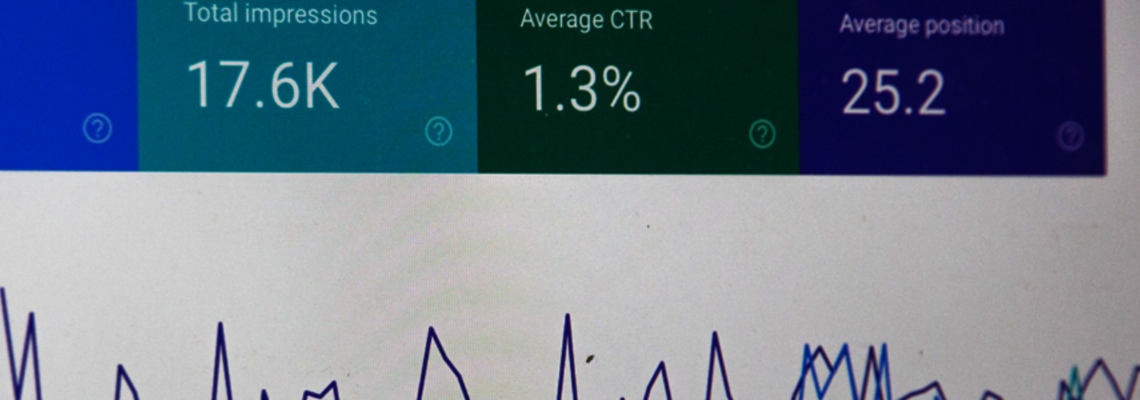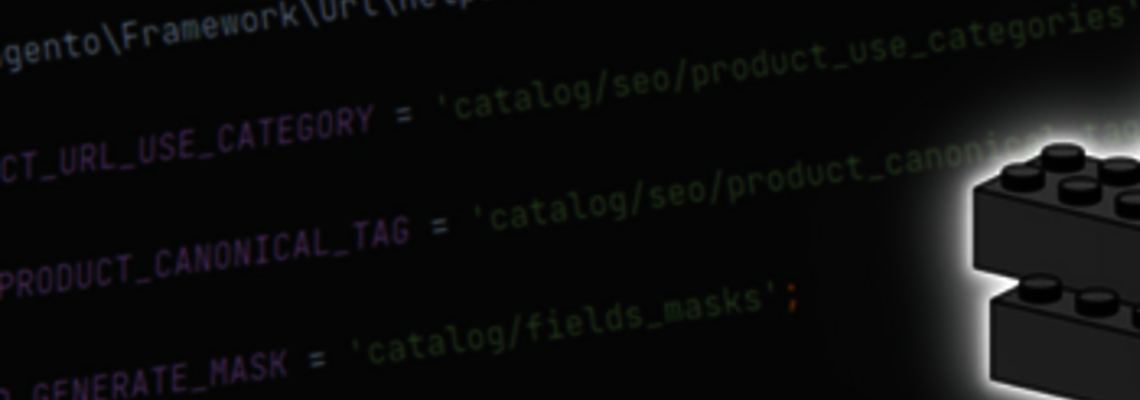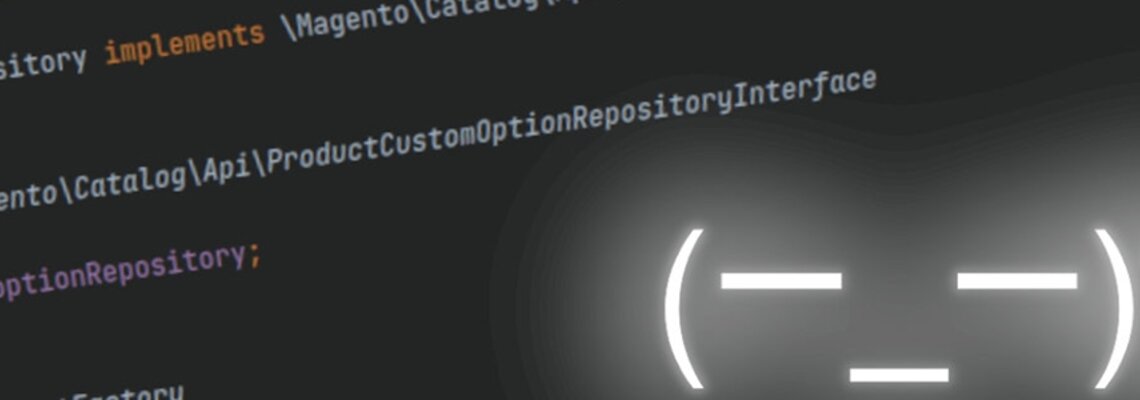
What to Consider When Planning an M1-M2 Migration
M1-M2 migration is a major, e-commerce-wide step forward. It presents both appeal and urgency, given the numerous advancements introduced in M2, and M1 EOL scheduled for June 2020.
However, it is more than a simple version update. In effect, it requires a M1 site to be replicated and relaunched on M2. Unfortunately, there is no universal solution that “just works.” Every e-commerce store reflects specific business requirements, and every migration project will vary depending on the scope and level of customization of the original M1 site.
But there is one thing that most successful migrations have in common: a substantial focus on the planning stage. Indeed, planning is what allows you to reliably align business goals with technical capacity, keep track of the expected deliverables and comply with set deadlines.
From a business perspective, some of the most important things to take into account when planning a M1-M2 migration are:
- Planning features, time and budget
- Hiring the right team for the task
- Understanding the main components of the project
- Having a clear work plan and means to track progress
Features/Time/Budget
In planning a site migration, the three core aspects determining much of the decision-making are time, scope and budget. The tricky part is to effectively balance all three. To put it simply, it is extremely unlikely that you will be able to get the best of all three domains (i.e., get a great quality site for cheap, very quickly).
An accurate estimate in each of these areas should inform your decisions and provide you with the right focus further down the line.
Planning Features
Migration from M1 to M2 implies a transition to a new platform with an upgraded tech stack and enhanced extension ecosystem. Thus, it is often viewed as a chance to revise the old feature set in the light of current business needs and latest technological requirements.
There are a number of ways to go about this, since new features may be in the form of out-of-the-box solutions, built from scratch, or added as third-party extensions.
However, with such a wide selection at their fingertips, merchants sometimes get carried away and opt for things they don’t necessarily need. For example, it is not uncommon to encounter sites with some 15-30 installed extensions, half of which the site owner is not even aware of.
The problem is, in the background, all the extra code continues to execute and alter site behavior. This further affects some of the key site properties, such as performance, stability and security. Additionally, most extra features and plugins come with a price tag attached.
To avoid pitfalls, investigate ways to match your business needs with the available technical tools, and carefully plan desired features in advance.
Planning Time
Adequate time planning determines how well the site launch aligns with your business agenda. Setting clear overall deadlines, as well as transitional deadlines, will help keep the workflow smooth and predictable. Make sure to coordinate with your team to work out the schedule that will serve your business best.
Tip for Effective Time Planning
- Make sure that the set time frame is appropriate for the scope of the project.
- Set deadlines that are specific to your business.
- Use business-related benchmarks, such as seasonal peak sales, as a reference.
- Avoid stretching the deadlines too much. Every business opportunity counts, and launching your new site early will ensure you get the best of it.
- Avoid rushing the project too much. Careful optimization and planning for efficiency can help reduce the overall cost because it eliminates the need to hire a bigger team to do the same amount of work faster.
Ballpark Estimates
Time frame of a migration project is not an exact science. Rather, there are a number of determining factors that need to be taken into account when planning time. Consider the following:
- The number of extensions to be installed
- UI redesign vs. adaptation of an existing Magento theme
- Number of third-party integrations
- The amount of customization added to the default Magento functionality
- PWA implementation
Additionally, the timeline will be affected by the merchant's desire to either launch a full-blown, feature-rich digital experience, or launch a more basic version of the site ASAP and add features incrementally at later stages.
Our experience shows that a fairly basic site may take, on average, a minimum of two months to migrate. As complexity increases, the time may extend and reach up to six months.
Note 1: Basics
By a basic site we mean a site that:
- Has few extensions (five or fewer)
- Adapts a ready-made Magento theme
- Keeps customization to a minimum, mainly relying on out-of the-box functionality
- Uses only essential third-party integrations, such as payment, shipping and marketing automation
Note 2: Extras
- Adding PWA to an M2 site is a fairly popular option. Implementation time will vary greatly depending on a specific PWA solution. This may require anywhere from several hours to several weeks.
- On certain occasions, migration may take longer than average. This may be due to things like large numbers of custom pages and exceedingly large catalogs (500K+).
Planning Budget
Providing specific budget estimates is beyond the scope of the current publication. The cost of a migration project may vary considerably depending on:
- Site scale and complexity
- Additional integrations and custom features
- Need for redesign or the adaptation of an existing UI
- Contractor’s price policy
- Note 1: Despite a broad price range, the notion that only the pricier agencies tend to deliver high quality work is not 100% accurate. It is worth noting that there are smaller and more affordable agencies that pride themselves in taking on a select number of projects, keeping quality standards high and prices low.
- Note 2: Even if different agencies may have a similar hourly fee, be sure to keep an eye on their comparative overall time estimates.
How to Find the Right Team
For a business planning to migrate their e-commerce site, one of the main keys to success is finding the right team to take on the job. There are two basic approaches: some merchants have sufficient in-house resources to perform the task internally, while others choose to hire a dedicated agency. In either case, the merchant needs to make sure the team has a solid prior knowledge of Magento 2 platform. This is easy to verify by taking a look at their credentials, namely the presence of relevant Magento 2 certifications.
Regardless of the approach, scope, industry or business requirements, partnering with the right team will benefit your company and serve your management style. While employing an internal developer team may take a few unknowns out of the equation, hiring an agency may not be as obvious a task. Below we review key criteria that should inform your decision-making process when choosing a contractor agency.
Portfolio
The company’s portfolio should be extensive enough and has to contain other projects similar to yours.
Team
Does the company have an in-house team, or does it plan to delegate your project to a third party?
In-house teams:
- Does the company have a big enough team to handle a project of your scope?
- Does the team have the right qualifications to match your project needs? Once again, be sure to check their Magento 2 certifications.
External teams:
- This type of arrangement offers you as a business owner a very limited control over the external team; namely, things like their accountability, communication and keeping to the timeline.
- Another potential risk is overspending, as each party involved will have an additional fee.
- There is a possibility that the final product quality may be compromised if the external team is underqualified for the job. This is also usually harder to verify.
There are agencies and independent developer teams that offer outsourcing and white-label work. Usually, the companies that hire such teams don’t make this information readily available. The surest way to find out is to ask your contractor agency directly.
Service Package
Does the agency provide the service package you are looking for? Possible focus points will include:
- Design
- SEO
- Analytics
- Front-end/back-end development
- Post go-live support, etc.
Workflow
Pay attention to the way the agency’s internal workflow is organized. What is their preferred methodology? Will it enable you as a business owner to participate in the development process?
Note: Agile/Scrum is one of the most widely acknowledged and transparent methodologies from a client’s perspective. The main benefits it offers are:
- The client is introduced as a part of the team for the time of the project.
- The client has a full access to the team.
- Work progress is visible at all times.
Things to Keep in Mind
In the previous sections, we have outlined setting the main high-level priorities and discussed the principles of employing the right team to carry out the task. This section will take you through some of the core components of most migration projects. It is critical to understand these in order to efficiently plan and prioritize your efforts prior to migration and throughout the process.
UX/UI
Needless to say, the overall look and feel of an e-commerce site is extremely important. A well-designed site allows for seamless customer experience, drives sales, and facilitates building meaningful and lasting customer relationships. Failure to deliver great user experience, on the other hand, will result in a lack of engagement, leading to lost sales.
Depending on the specific business requirements, design-wise, a migration may go in either of the following directions.
Site Redesign
A redesign involves a revision of UX/UI aiming to update appearance, behavior, user journey, etc. The general rule of thumb here is to build the new improved version based on the existing design, thus preserving a familiar look and feel. Otherwise, you are running the risk of confusing your loyal customers with a radically new interface, which may push them away from the site.
To those opting for a redesign, the good news comes in the form of PWA technology, now available with Magento 2. It removes any restrictions that used to limit front-end implementation on Magento 1 sites and offers a superior website design capabilities.
Reuse the Old Design
A redesign is not always a part of migration. Often a site will already have a solid UI. In this case, the existing design has to be duplicated and re-implemented on the new platform.
Optimization for Mobile
Whether you intend to preserve the existing design or upgrade it, you have to be deliberate about optimizing it for mobile. Over a half of global internet traffic is attributed to mobile devices, a trend that will only grow over time. Consequently, failure to optimize the site for seamless use on mobile devices will repel many users and cost you a substantial part of your revenue.
Content and SEO
Be sure to migrate all the valuable site content (i.e., content that is relevant and brings organic traffic to your site). This is also a good opportunity to clean up irrelevant and outdated content, leaving it out of the new site. Furthermore, you need to keep a special focus on SEO in order to preserve organic traffic.
Not paying enough attention to content and SEO may cause site performance decrease, missing parts of content, and reduced or lost organic traffic, among other things. Unfortunately, a deficient approach to SEO during migration is one of the most frequent mistakes that has a direct negative impact on sales after the new site is launched.
Testing
Quality assurance is an important part of any development project, and site migration is no exception. Testing ensures that all site elements work as expected, the necessary bug fixes are implemented in a timely manner, and there are no unforeseen artefacts in the proposed logic and user flow. It assures the quality of the final product, streamlines the development process and helps meet the deadlines.
Analytics and CRO
Failure to track user behavior will likely lead you to making false assumptions regarding site performance, conversion and bounce rate fluctuations. This, in turn, will deter you from identifying and fixing any issues that may occur. Both business and content decisions must be informed by trustworthy data.
Site Performance
Site performance, along with a well-planned UX, are at the core of today’s highly competitive e-commerce environment. Unsurprisingly so — modern life is speeding up dramatically, and it is reflected in customer expectations. Slow sites cause people to flee for the better-performing ones.
In this respect, it is easy to understand the motivation behind Magento 2 bringing on PWA technology, as it boosts both site performance and UX/UI capabilities.
Use a Migration Checklist
It is evident from the above that M1-M2 migration is a multilayered process with lots of moving parts. Planning it can be tedious and time consuming. And monitoring the progress on each stage requires expertise in a number of disciplines, including web development, UX/UI, SEO, CRO and QA. On top of it, planning often demands experience in similar projects in order to arrange the various parts into a coherent whole so that everyone involved has a clear work plan.
But there is a straightforward practical workaround. Here is a detailed actionable migration checklist that will help you rule out the guesswork and arrange migration procedures from start to finish. Explore it to get a better understanding of the specific steps. Keep it handy to plan deadlines, deliverables and project landmarks. Use it as a reference to keep the migration consistent and predictable.
Conclusion
To wrap things up, let’s revisit the main takeaways:
- M1-M2 migration is not a matter of choice anymore, but rather a pressing necessity.
- Migration planning is critical in order to align business and tech.
- A well-informed methodical approach to planning proves the most beneficial in the long run.
Remember that the full migration plan should be developed in close collaboration with the team/agency responsible for the project. To optimize your efforts, you may require tools to help you prioritize tasks and keep track of deliverables. Using our provided checklist will allow you to navigate through the project more easily.
If you are still running a M1 store, the advice to migrate early will hardly be relevant anymore, given that we are currently this late in the M1 life cycle. However, to migrate as early as possible is well within your power, and careful planning is what will help you get on the right track.






